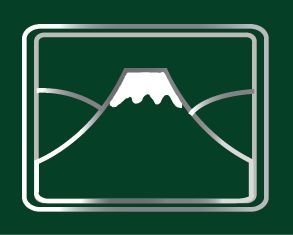Address:
FUJIT PLASTIC INDUSTRIES SDN BHD
No. 102–104, Block P/D, Lorong Kaskas, Taman Cheras, 56100 Kuala Lumpur, Malaysia
Monday - Saturday
(8.30a.m. - 5.30p.m.)
Tel ☎ : +603 9130 6041
Tel ☎ : +603 9130 5537
E-mail:
sales@fujitplastic.com
Resources
Ever wondered how plastic is made? From the basic building blocks to the final product, we break it down in simple terms. We are not just about products; we are also about sharing knowledge. At Fujit Plastic, we truly believe in friendly service and open communication.
An extruder heats polyethylene plastic resin pellets to around 500 degrees Fahrenheit, enough to melt the pellets. A screw inside the extruder forces the molten plastic through the machine and pushes the material through a die that controls the thickness of the product.
Air forces the emerging plastic film into a bubble that travels upward about three stories in a cooling process. After pinching out the air and flattening the bubble, the film is cut to size and wrapped on a spindle. Special characteristics needed for a completed bag continues from here . Printing work and special sheet surface treatment are done in this process.
The last step – plastic sheet are converted here – Dies cut out handles, gussets, perforation and zippered seals get attached with heat or by ultrasonic seal are done according to customer’s packaging needs.
Plastic Material You See Everyday

Low Density Polyethylene (LDPE)

High Density Polyethylene (HDPE)

Polypropylene (PP)

Linear Low Density Polyethylene (LLDPE)
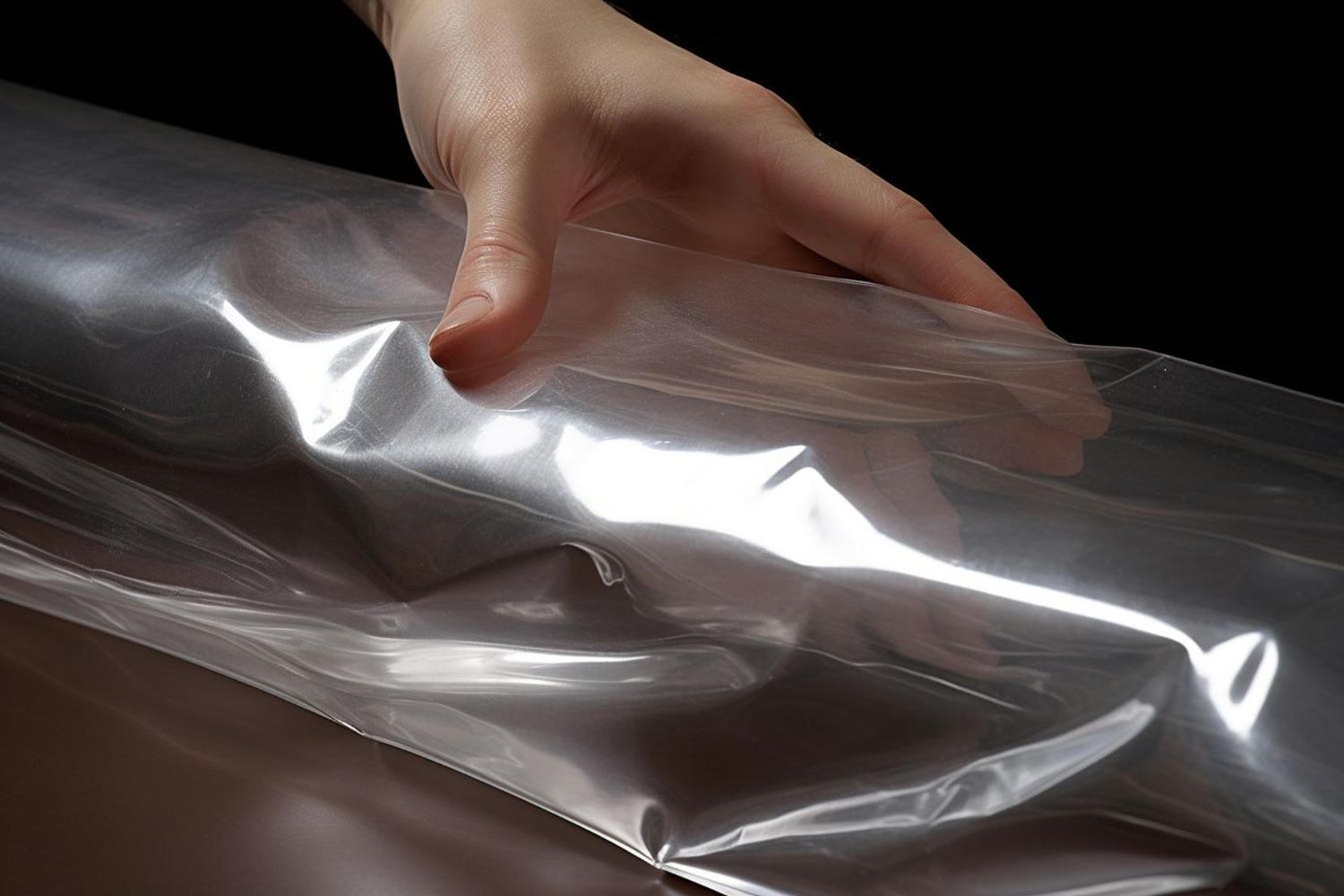
Nylon
Nylon shows exceptionally high strength, toughness and puncture resistance and provides these properties also to multilayer film based on nylon. Nylon shows superior barrier to chemicals of low polarity as hydrocarbon solvents, but also to low polarity aroma substances in food component, as limonene, campher, vanillin and menthol. Only with regard to highly polar chemicals that are readily absorbed by nylon, as water, ethanol or methanol, its barrier is inferior.
Characteristic of Nylon
- Moisture proof
- Withstand lowest temperature to -40 degree Celsius
- Best barrier of air
- Very high stiffness
- Very good printability
- Very high strength
- High puncture resistance
Widely used for: Frozen food, Cheese Packing, Processed meat (Sausage, Bacon, Smoked fish), Dairy product
PET (Polyethylene terephthalate)

Commonly known as polyester in textile applications, PET is good oxygen and moisture barrier, making it good packaging material to soda and drinks, relatively cheaper compare to aluminium tin too. It can be aluminized and become Mylar-PET (MPET). Good thermal insulation and nice looking. Useful for flexible food packaging.

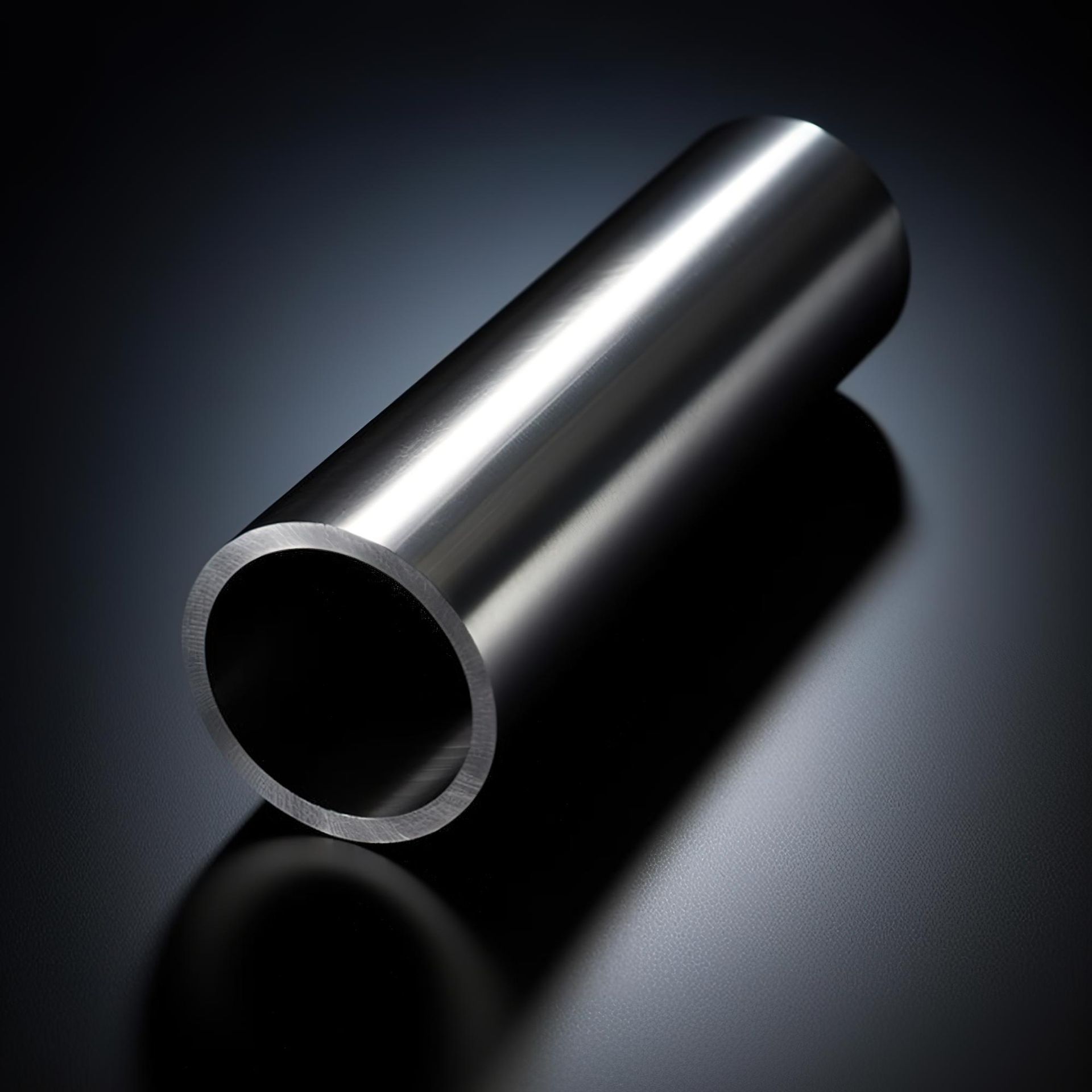
HDPE (High-density polyethylene)

HDPE has little branching in chemical bonding, giving it stronger intermolecular forces and tensile strength than LDPE. With a high strength-to-density ratio, it can withstand temperature up to 130 degree Celsius. High density also means this material is rigid and opaque in its nature. Food grade available for meals packaging.
Characteristic of HDPE
- Puncture resistant compared to other plastic material
- Great tensile and compression strength
- Matte surface finish
Widely used for: Retail shopping bag, Garbage bag, Hot soup packing, Bin Lining, Heavy duty bag
PVC (Polyvinyl chloride)

World’s third-most widely produced synthetic plastic polymer, after polyethylene and polypropylene. PVC has inherently superior fire retarding properties due to its chlorine content, even in the absence of fire retardants- ignition temperature of PVC is as high as 455 degree Celsius. Having the molecular structure where the chlorine atom is bound to every other carbon chain, is highly resistant to oxidative reactions. PVC is resistant to weathering, chemical rotting, corrosion, shock and abrasion. It is therefore the preferred choice for many different long-life and outdoor products. In fact, medium and long-term applications account for some 85 per cent of PVC production in the building and construction sector.
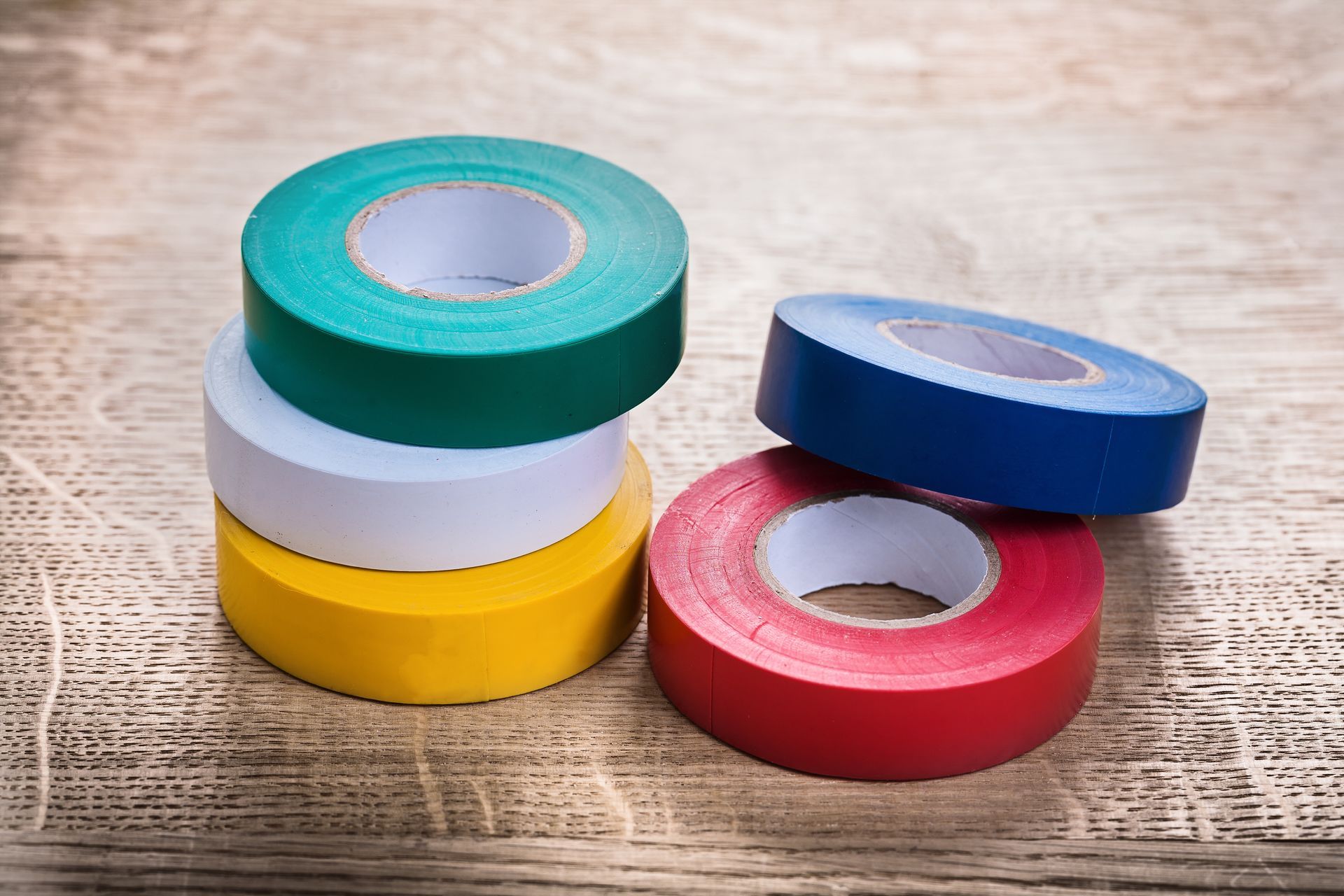
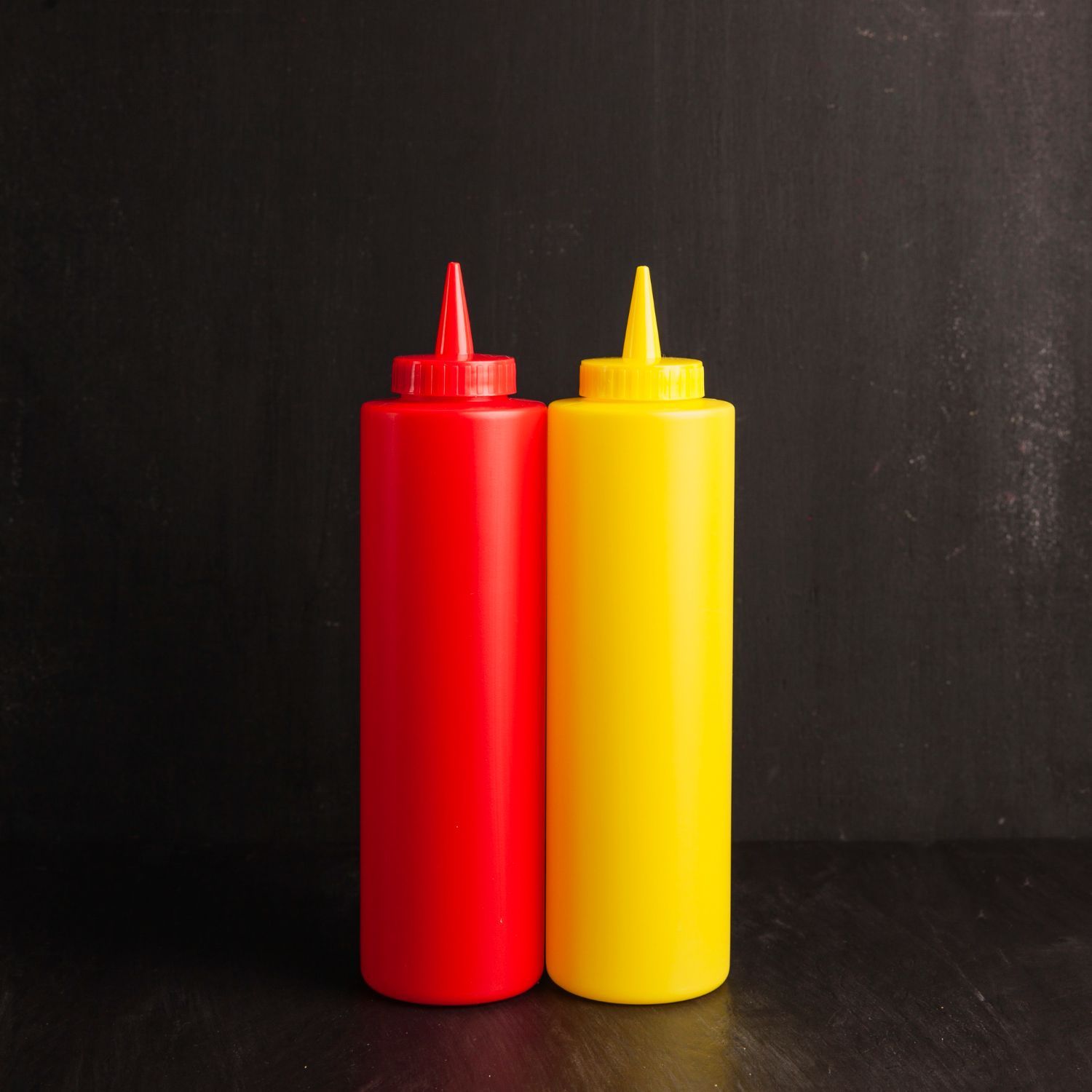
LDPE (Low-density polyethylene)

With LDPE’s ethylene, monomeric units are linked in random fashion; main chains having long and short side branches. This branching of LDPE prevents the formation of a closely-knit pattern, resulting in material that is relatively soft, flexible and tough, and which will withstand moderate heat. More flexible than HDPE due to low crystallinity (bonding)
Characteristic of LDPE
- Good Clarity
- Poor gas barrier
- Flexible
- Durable
- Withstand heavy weight (depending on film thickness)
- Limited resistance (moderate attack / significant chemical reaction, suitable for short-term use only) to aliphatic and aromatic hydrocarbons, mineral oils, and oxidizing agents
- Excellent chemical resistance (to dilute and concentrated acid, alcohols bases)
- Good resistance (minor attack / very low chemical reactivity) to aldehydes, ketones and vegetable oils.
- Widely used for: Retail shopping bag, Garbage bag, Hot soup packing, Bin Lining, Heavy duty bag
Widely used for: Coins packing, Retail shopping bag, Machine parts packing, Powder product, Normal liquid product
PP (Polypropylene)

When polypropylene film is extruded, and stretched in both the machine direction and across machine direction it is called biaxially oriented polypropylene. Biaxial orientation increases strength and clarity. Very high clarity when process into BOPP. BOPP is widely used as a packaging material for packaging products such as snack foods, fresh produce and confectionery. It is easy to coat, print and laminate to give the required appearance and properties for use as a packaging material. This process is normally called converting. It is normally produced in large rolls which are slit on slitting machines into smaller rolls for use on packaging machines. Polypropylene is the world’s second-most widely produced synthetic plastic, after polyethylene. (PE)
Characteristic of PP
- Semi-rigid
- Translucent
- Good chemical resistance
- Tough
- Good fatigue resistance
- Integral hinge property
- Good heat resistance
Widely used for: Bakery packing, Garment packing, Tobacco Packing
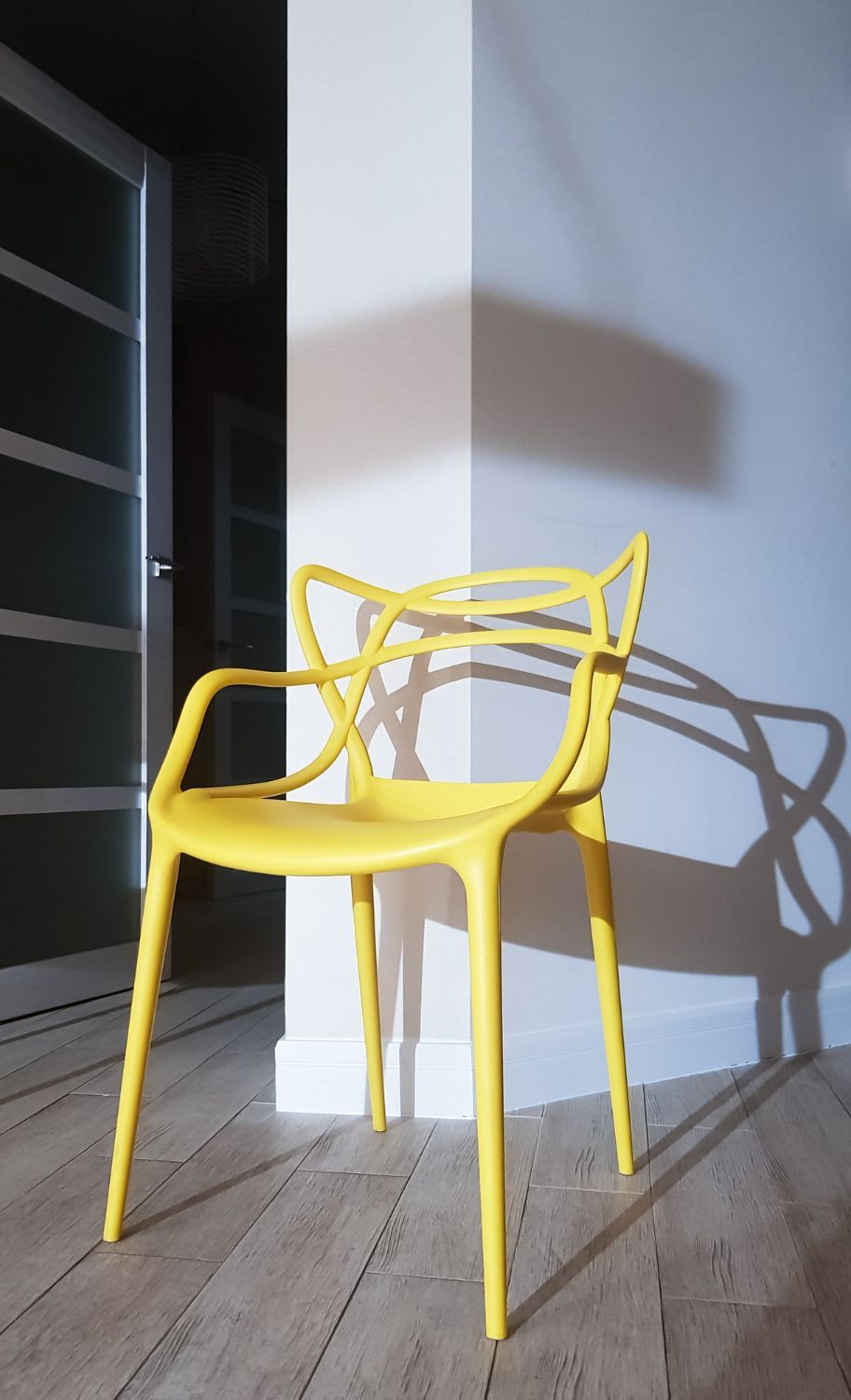
Feel free to consult us to determine the most suitable plastic material, thickness, and finishing options to meet your specific requirements.

Address:
FUJIT PLASTIC INDUSTRIES SDN BHD
200001023428 (526036-W)
No. 102–104, Block P/D,
Lorong Kaskas, Taman Cheras,
56100 Kuala Lumpur, Malaysia
富士塑料工業有限公司 Fujit Plastic Industries Sdn Bhd. All Rights Reserved
